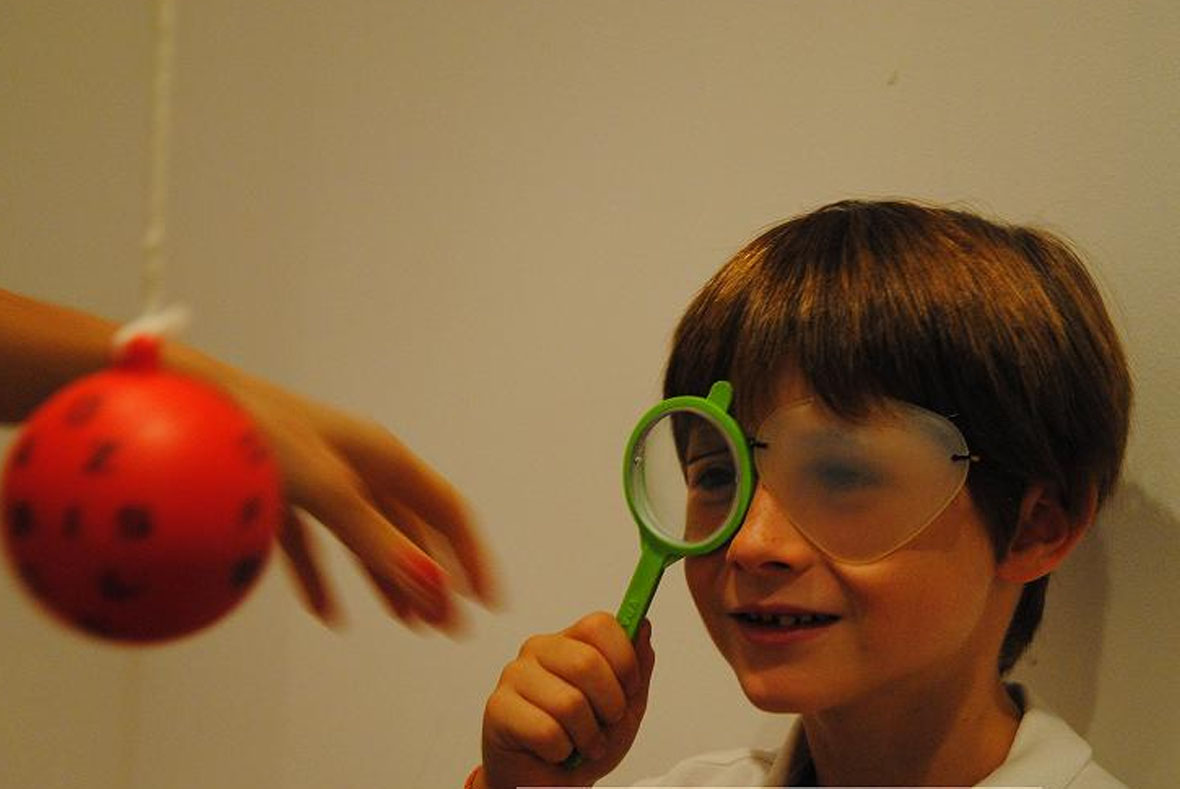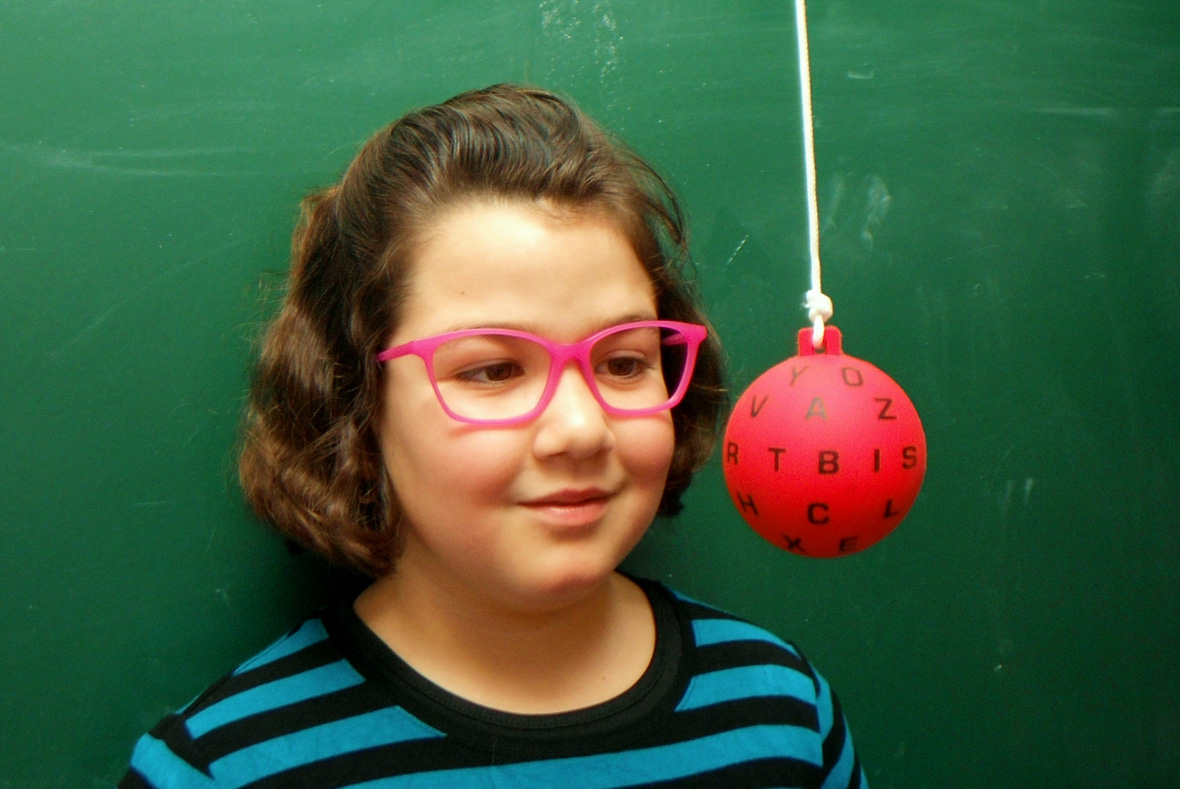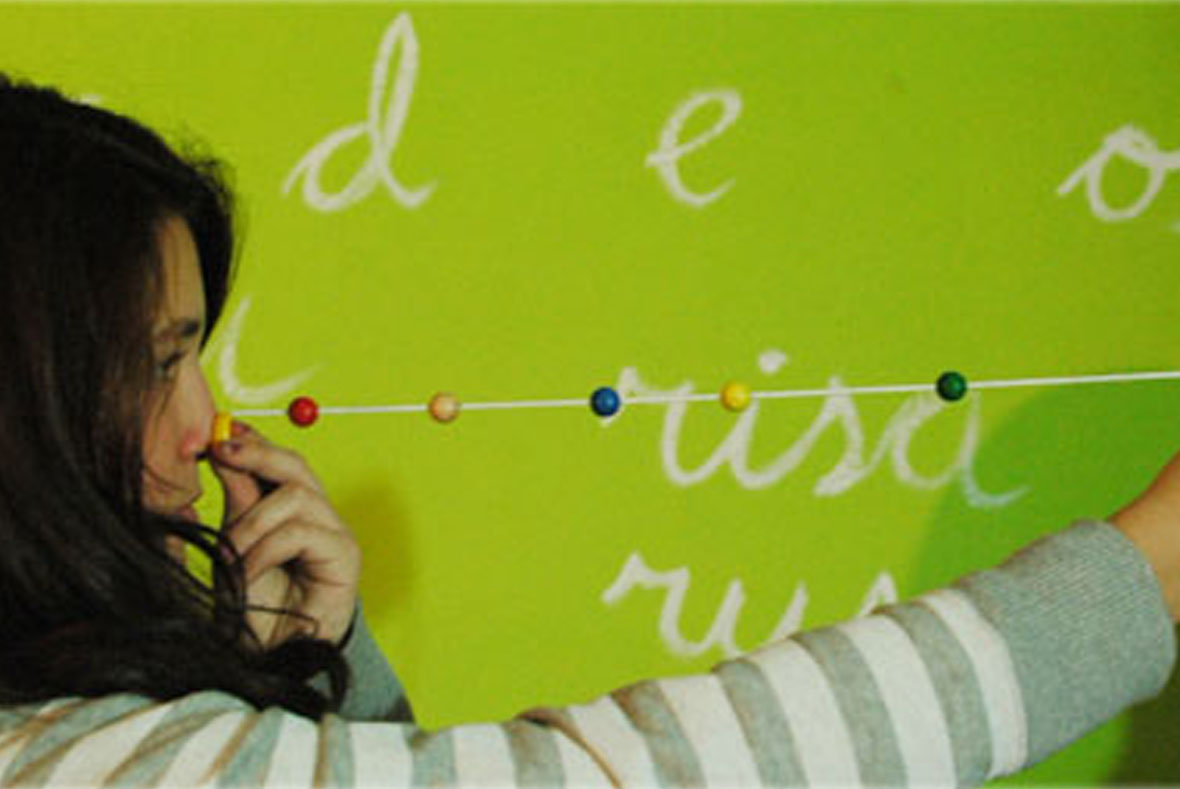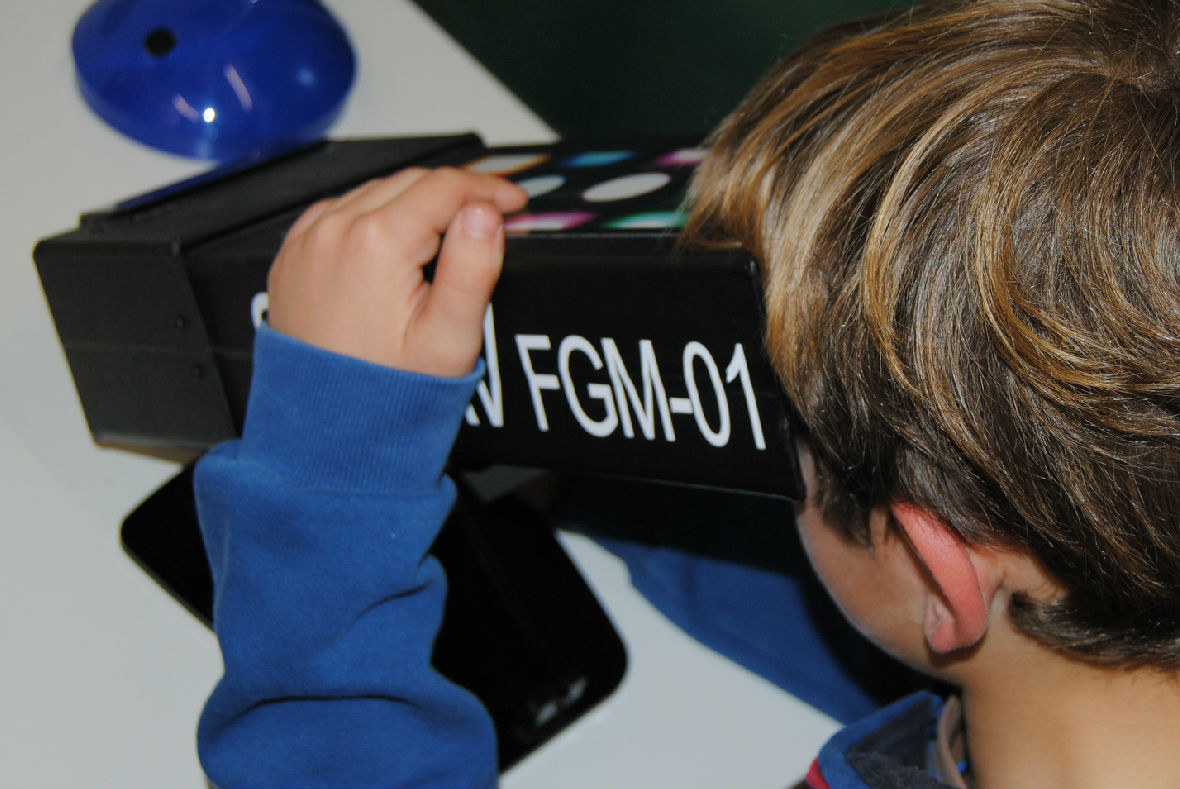In the way of recognizing the image we must take into account that we must not only measure the amount of vision our eyes can see, called visual acuity, but also the quality of that vision and how it is interpreted at the cognitive level.
When the patient is not able to carry out this task in a fluid way we will help him through a series of exercises, personalized for each case, within the sessions of visual therapy. The aim of it is to get the person to use their visual system in a healthy and effective way, since it works on visual problems including binocular dysfunctions, amblyopia and strabismus ".
It is a specialized optometric treatment, totally personalized for each individual, which aims to enhance the visual system in conjunction with the cognitive system, as well as correct any malfunctioning of such systems.
Amblyopia (lazy eye): it is one of the most common problems of vision in children, the cause is due to one of the two eyes does not communicate well with the brain, a circumstance that can occur for several reasons such as strabismus, errors of refraction in one of the eyes or cataracts.
Control of myopia: myopia is a visual problem that affects more and more children and individuals, that is why its control becomes essential in a society where our daily technological habits tend to increase, therefore, in we have all the necessary tools for its control, from lenses to specialized glasses in this function.
Low vision is described as a visual anomaly that restricts the ability to perform visual tasks on a day-to-day basis without being able to do so, correcting with normal glasses, contact lenses or medical intervention.
Phototherapy: method used in visual problems that, through selected frequencies of light or specific deep, applied through the eyes, passes information or directly stimulates the neurological system increasing the efficiency of the motor pathways and helping to alleviate these visual problems.





